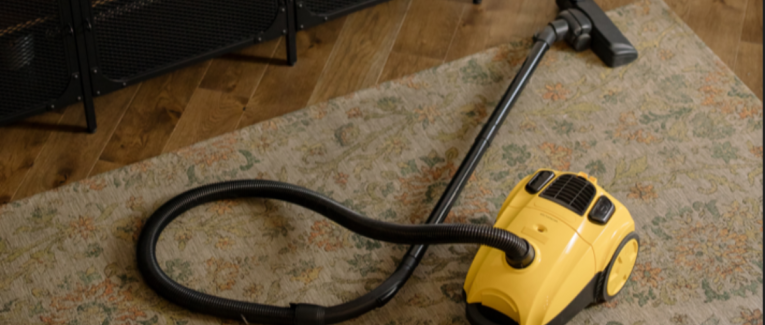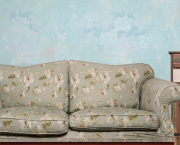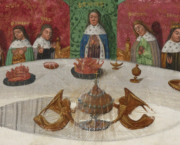
Peter Nadas's vacuum cleaner
 5 min
5 min
Peter Nadas's vacuum cleaner
For centuries, resurrection from the dead was so unthinkable that most literary references were religious in kind, and objects were never mentioned, only plants (fleur-de-lis), animals (a butterfly, a phoenix), and occasionally food (the egg).
Presumably due to widespread access to health care and the introduction of clinical resuscitation, as well as an increased importance of objects ushered in by the industrial revolution, objects that help people overcome death started to appear in 20th century comics and juvenile fiction (e.g. Horcruxes or the Philosopher’s Stone in the Harry Potter series). But these can be described as objects aiding survival, rather than evidence of the characters’ return to life after having grappled with their own deaths.
This is why it’s worth talking about Nádas's vacuum cleaner. That’s right, a vacuum cleaner. An autographed poster in a teenager's room or a luxury car not only signals something about the individual to the wider world, but also helps them define themselves. "We see our possessions as part of ourselves," argues Russell W. Belk, suggesting that objects contribute greatly to our identity and ultimately to our belief that we exist and are who we think we are.
According to Belk, possessions mark the phases of a person's life and awareness (e.g. infancy or old age). What happens then if you add another chapter, namely a return from death?
This is the case in Own Death, inspired by Péter Nádas’s own heart attack and brush with clinical death. The concrete material environment is rarely mentioned up until the last few pages, when the narrator strikingly reports: “Discharged a few days later following a minor operation, I tried to return to what one calls, in the midst of great doubt, life on earth. I tried to find my way back to the simplest, most basic tasks. I vacuumed. The dust, the carpet, the upholstery. I tried to take their existence seriously. It was rather strange."
The narrator seems to be trying to connect with reality through everyday objects (the vacuum cleaner, the carpet, the upholstery) that had previously been of no particular importance to him. In essence, he has fallen back to the very first stage of life as outlined by Belk: infancy. He attempts to separate the self from his environment by using objects rather than child-like contemplation. The vacuum cleaner is crucially the only object we know for sure the protagonist has ever touched. It becomes a symbol of survival, an amulet. According to Andrea Dúll, the term “amulet” refers to objects that have survived some natural disaster, and whose survival lends them unprecedented emotional or symbolic meaning.
In the case of mental or physical disaster, at the end of a serious illness or severe mental trauma, an object can serve as an amulet: a tool to help the trauma victim redefine themselves and, if necessary, distance themselves from their illness, fear of death or, symbolically, death itself.
Using a vacuum cleaner, among other things, can give back a sense of control. According to David Clarence McClelland, objects become part of the self when we are able to exert power or control over them, just as we are able to control our arm or leg. This is particularly important for trauma victims who have experienced a sense of powerlessness, and even in extreme cases, may feel they have become objects themselves.
In Own Death, objects grant the narrator the ability to experience his own existence. The vacuum cleaner has a shocking effect on our protagonist. This indicates his traumatized state of mind, but also says something about the material environment. After all, according to Susan Yelavich, “objects are made for the living, and this becomes most apparent with death is at hand.” For someone grappling with a near-death experience, objects designed for everyday use, for the living, can become understandably challenging or unintelligible. They embody a concrete reality that is at odds with the abstract, immaterial afterlife.
Objects belong to life by their very function, their very existence (être-en-soi). While the vacuum cleaner may be a symbol of survival, its main meaning is more specific to life, a connection to life that ultimately remains unfulfilled. "I tried to return to what one calls, in the midst of great doubt, life on earth," but I have failed. He has, however, not failed he reader: how wonderful to see the vacuum cleaner, a tool conventionally associated with women and the domestic, endowed with new, profound meaning.
Translated by Anna Polonyi









 English
English
 Français
Français
 Deutsch
Deutsch
 Italiano
Italiano
 Español
Español



 Contribute
Contribute












 You can support your favorite writers
You can support your favorite writers





